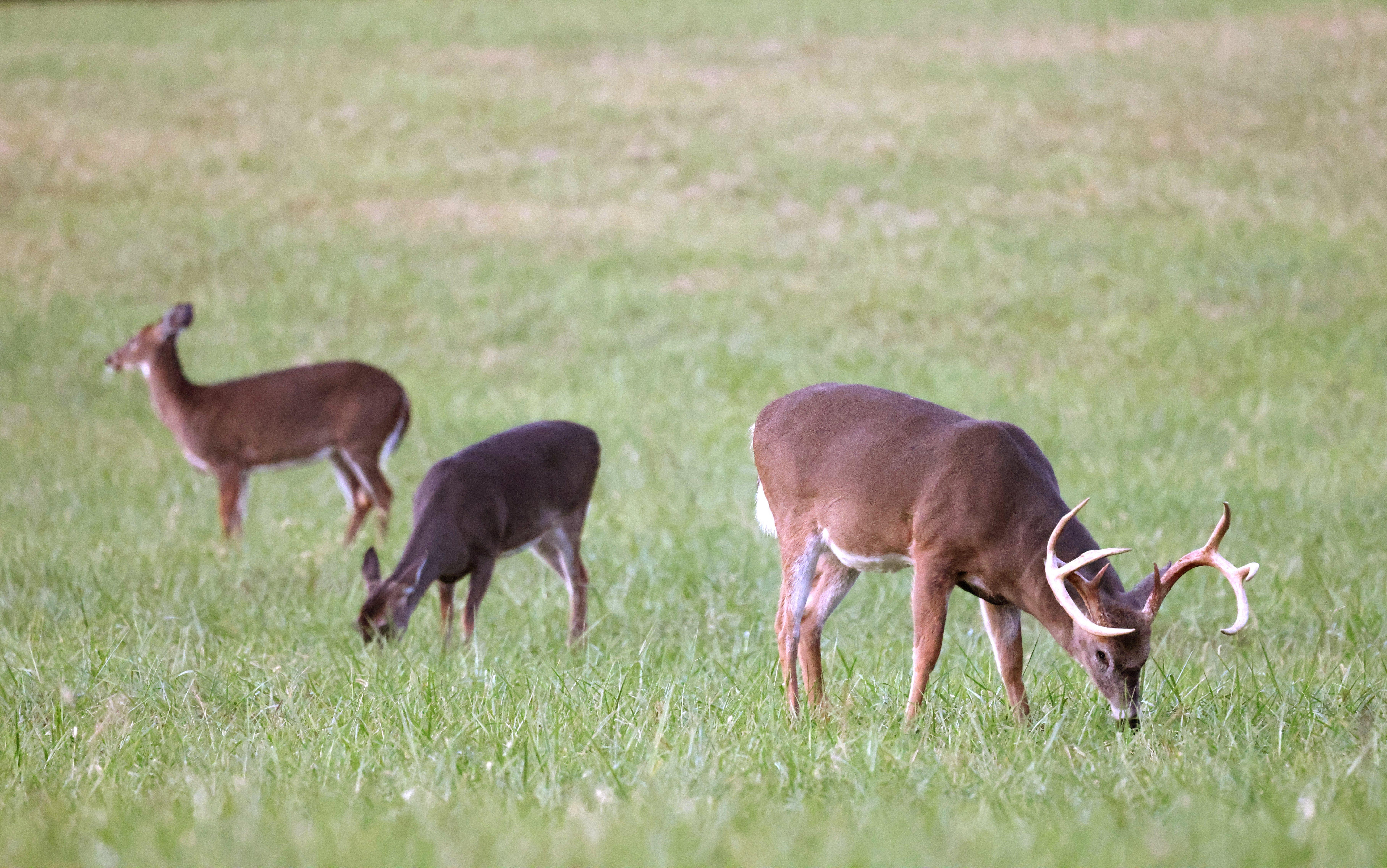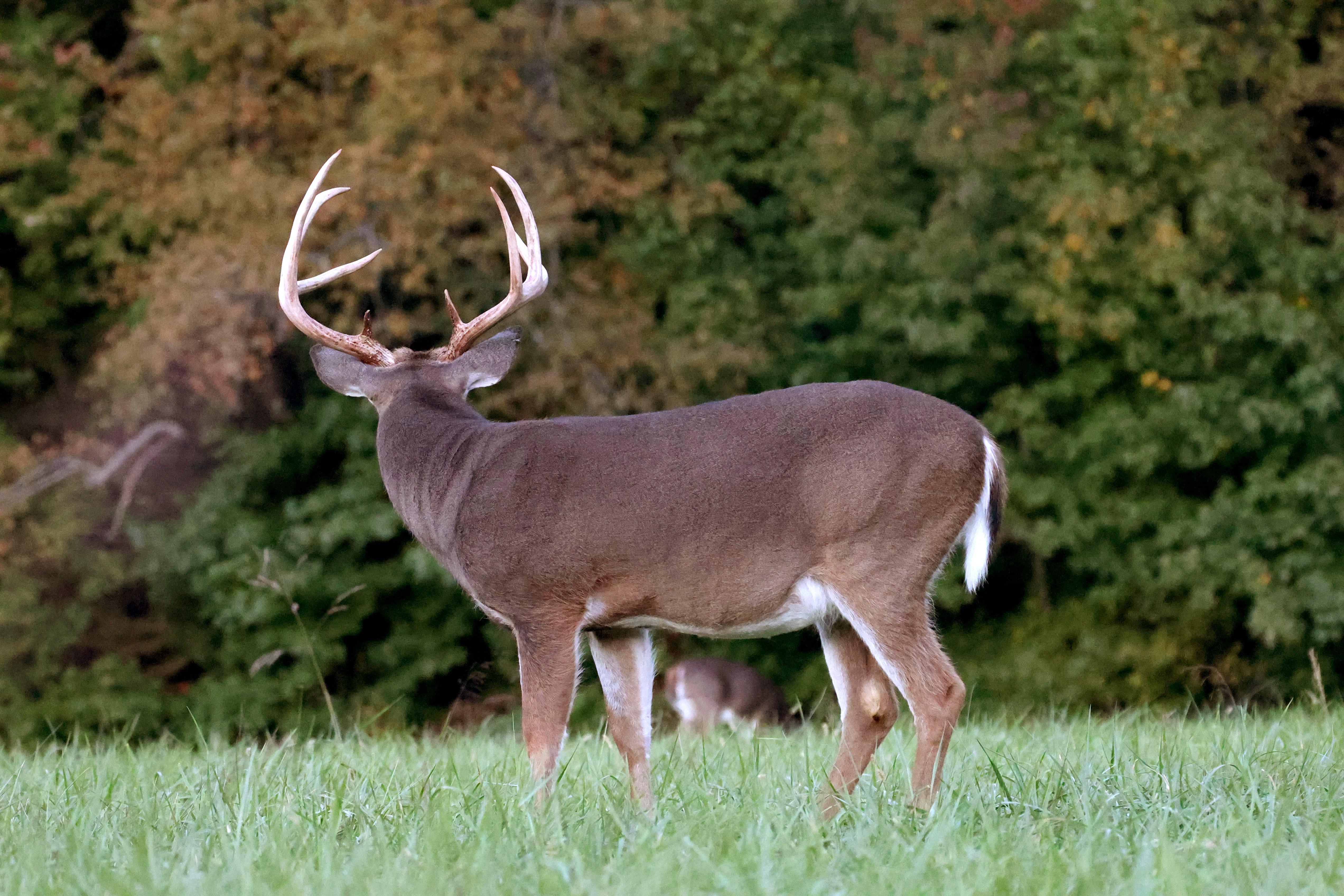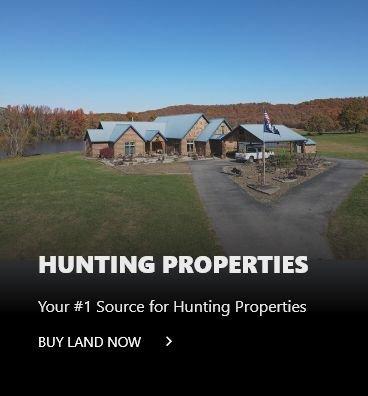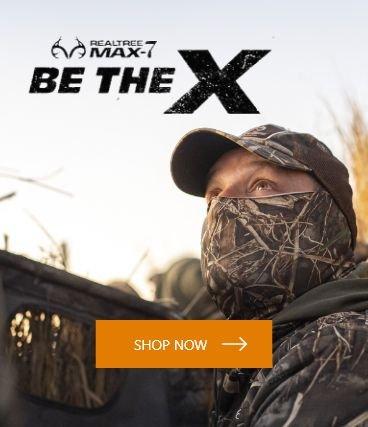The original Wisconsin reg was extremely unpopular, but specialized versions of it still have a place in deer management today
Ask someone from Wisconsin what they think about Earn-a-Buck (EAB), and they might kick a rock or give a good harrumph. Some could have flashbacks of monster bucks that walked on by due to unfilled doe tags. To them, Governor Scott Walker, who repealed EAB in 2011, wore a blue suit, long cape, and a red S on his chest.
Historical EAB
For those unfamiliar with the EAB concept, it is implemented as a deer hunting regulation that requires hunters to fill at least one antlerless tag before filling a buck tag. It achieved two things. First, it increased the antlerless harvest total. Second, it saved the lives of some bucks, as hunters had to pass antlered deer if they hadn't shot a doe. Plus, other hunters didn't go afield again after filling the antlerless tag.
This form of EAB was so hated by so many that few states retained the program for long. According to the National Deer Association (NDA) and its compiled data, Wisconsin, Illinois, Georgia, Maryland, and others have completely terminated all versions of it. Canada has altogether killed their EAB system over the past 10 years, too.
Modern EAB
A few states have retained a watered-down version of EAB, albeit for specific situations and areas, and not statewide. Modern EAB programs are typically used in areas with high deer densities that require increased harvest totals to keep populations in check. In most states, the buck hunters earn is an additional one to the regular statewide bag limit. Examples include:
Arkansas, which uses EAB in a few localized areas.
Connecticut, where hunters have access to EAB tags in Deer Management Zones 11 and 12. Those who tag three private land antlerless deer (in one season) qualify for a replacement either-sex tag (which can only be used in Zones 11 and 12).
Indiana, where those hunting in the Deer Reduction Zones are focusing on deer herds in urban settings. In these areas, hunters must first shoot a doe before filling a buck tag.
Nebraska, which uses light Earn-a-Buck regulations in certain situations. Generally, it's restricted to certain public land properties.
New Hampshire, which implements light EAB regulations in certain areas.
Tennessee, where hunters in some counties within the CWD Management Zone have access to an EAB program that allows for additional buck harvests after filling doe tags.
Virginia, where some hunters can obtain an additional buck tag by filling doe tags. Not all areas fall under this program.
West Virginia, where hunters in certain counties are required to harvest an antlerless deer prior to filling a second buck tag.
The Future of Earn-a-Buck
Where is the EAB concept going? For now, it seems to be purely a plug-and-play effort for state agencies to control pockets of booming deer densities. In most cases, it's a tool used to encourage hunters to shoot does in order to gain additional buck tags. That likely won't go away, nor should it, since it's a tool that seems to be working. But it's unlikely we'll see a state return to the old Wisconsin model, where a hunter on opening day just might have to let a giant buck walk because his doe tag isn't filled yet. I think most of us can be glad that's a thing of the past.
(Don't Miss: Would've Been a Record: Giant Kentucky Typical Lost in Attic for 55 Years)














